Numbers Game: Roman Numerals, Arabic Numerals And Arabic Dials
Marking the hours is more complicated than it looks.
As many of us have been doing, I’ve been swapping out straps on several of my most frequently worn watches to get them ready for the hazy, hot, and humid part of the year (although it’s already mid-June and at least so far in New York City we have been spared). One of the many things that I’ve noticed, aside from the fact that I have a depressing number of watches with stainless steel cases and black dials – you could shoot a documentary about my collection in black and white and you wouldn’t be missing much – is that almost none of the watches I own have actual numerals on the dial.
The exceptions are small enough in number that you could count them on the fingers of one hand. In general, the watches I own seem to have either applied indexes, or applied indexes with lume plots. I had never really thought that I had some sort of irrational prejudice against actual numerals on watch dials, but you could be forgiven for assuming that based on what’s actually in the watch boxes.
Is The Best Number No Number?
Watches, it is generally conceded, need some sort of markers for the hours on their dials although you can get away with almost nothing and still have a viable watch. The obvious example is the Movado Museum watch, which was originally designed by Nathan George Horwitt, in 1947, which has no dial furniture at all except for a Sun-like circle at 12:00. Despite the fact that there are no other numerals or markers of any kind, it is still easy to read the time at a glance. The watch raises the question of whether or not you need any sort of dial marker at all but I think the genius of the Movado Museum watch is that it expresses the old dictum (usually erroneously attributed to Einstein) that “things should be made as simple as possible, but not simpler.” Without that dot at 12, you no longer have a thought-provoking design object. You just have a watch with no dial markers.

There are an enormous number of watches which don’t have numerals of any kind on the dial, including many of the most popular timepieces ever made. This includes everything from the Rolex Daytona, to the Patek Philippe Nautilus – one of the biggest differences between the Nautilus and the Aquanaut is that the former has stick markers and the latter has Arabic numerals.

For utilitarian watches, the general rule seems to be to just use hour markers (always with copious lume) I guess on the assumption that Roman or Arabic numerals would create a lot of clutter and contribute nothing to legibility – in fact they would be almost certain to detract from it.
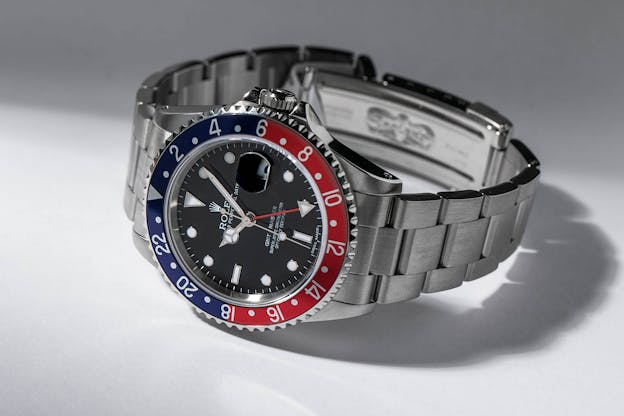
You can build up a very respectable collection of watches, without meaning to, that have no numerals on the dial at all except for perhaps trivial design elements like a date window.
Formal Wear: Roman Numerals
Roman numerals appear to have been derived from an earlier, Etruscan numbering system and they became standardized at least as early as the late Republic and early Empire. Like the Latin language, they became ubiquitous across European civilization and most if not all early clocks and watches use them. I have never tried to find out what the first watch or clock was that used Arabic instead of Roman numerals but Breguet is famous for having introduced the style of Roman numerals that still bear his name. There is a German watch in the British Museum’s collection dating from the late 16th or very early 17th century which has an outer chapter ring of Roman numerals, and two nested inner chapter rings numbered 10-12 on the inner ring, and 13-24 on the outer ring, in Roman numerals.
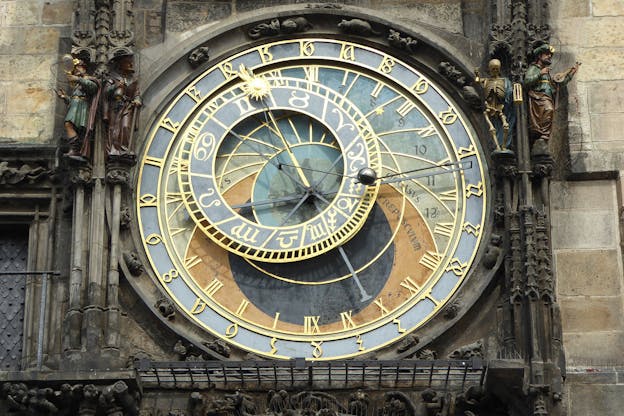
One of the oldest extant tower clocks in Europe, the Great Astronomical Clock in Prague, uses both Roman and Arabic numerals (as well as using “IV” for 4:00 rather than “IIII” as is more commonly done).
Roman numerals in wristwatches are generally found on watches that are more formal than not. One company which does an awful lot with them, and whose use of the numerals reflects the overall formality of its approach to watch design, is Cartier. In fact it is difficult to think of a Cartier watch that doesn’t primarily rely on Roman numerals – although the use of Arabic numerals is not completely unheard of at Cartier; in 1928 the company released a Tank Normale with Arabics and there are Tank Cintrée watches with “exploded” Arabics as well, to pick just a couple of examples.
Generally, Roman numerals on watches and clocks adhere to the use of “IIII” for 4:00, rather than “IV” and there are various attempts at explaining why. This is naturally a subject for speculation, but one of the better conjectures I’ve read is that “IIII” is a better balance to “VIII” on the same level on the other side of the dial; using “IV” would make the dial seem a little lopsided.
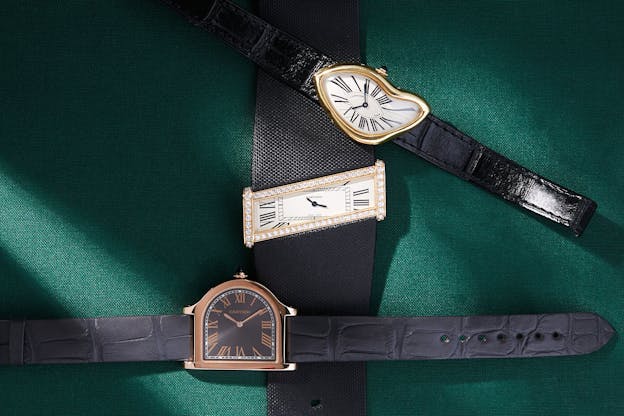
One of the most interesting examples of a variation on standard Roman numerals is of course, the Cartier Crash. The Crash is a watch which shouldn’t work, especially in terms of legibility. The violently asymmetrical case and ferociously asymmetrical dial ought to be an absolute disaster in terms of being able to tell the time but in practice, it is not a problem at all. The dial of the Crash is deceptive – the Roman numerals are wildly distorted but the bases of each of the numerals sit directly on a lines more or less exactly 30º apart, so that the hour and minute hands are always resting where they need to. It’s a subtle but very effective optical and cognitive illusion and I think one of the reasons that the Crash is such a fascinating watch.
The Ups And Downs Of Arabic Numerals
Arabic numerals are so called because they originated, in their modern form, in the Arab world – specifically in the Maghreb, or Western part of the Arab world which includes Algeria, Libya, Morocco, and Tunisia. The numbers are originally derived from much a much older Indian numbering system, and they were introduced to Europeans from Arab sources, hence the name, Arabic numerals. The first mention of this numbering system in European literature seems to be the Codex Vigilantes, which was completed around 976 AD.
The reason for Arabic numerals catching on is that they are much easier to work with than Roman numerals – complex mathematical analysis is hard enough without struggling with a numbering system where “L” = 50. The decimal numbering system that travels along with Arabic numerals is universal today and it’s hard to imagine that it was a relatively recent innovation in mathematics, but for most of human history, math relied on other numbering systems which were much less tractable.
One of the basic questions involved with creating a watch with Arabic numerals, is how to arrange them.
You can, as many watch designers do, simply set up the numerals so that all of them sit on the same horizontal line. This makes reading the hours a snap but it has the slightly dissatisfying result of violating the radial symmetry of the dial.
To address this, some watches have Arabic numerals in which the base of each numeral is not aligned with a horizontal line on the dial drawn from IX to III.

Instead, the base of each number is on a line – if you want to get hyper-specific about it – which is at right angles to 12 lines radiating from the center of the dial, and separated by 30º. This has the interesting effect of making the numbers slightly less legible as numbers but perhaps more instantly legible as dial markers – you see the position before you see that the markers are numerals per se.
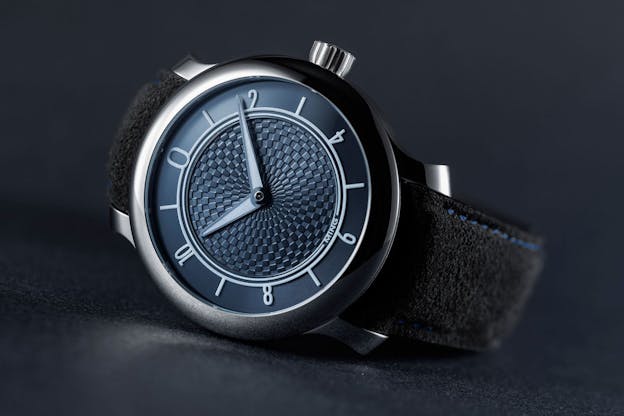
One problem with the approach is that if you stick to the base of every number being on the chapter ring all the way around, you end up with what looks like a “9” at the 6:00 position. This is more an aesthetic issue than a practical one but MING has thought about it and gone with an Arabic 6 sitting right side up, in a break with the positioning convention adhered to elsewhere on the dial.
Arab Numerals, Arabic Dials
The term “Arabic numerals” is almost universally used to describe watches with numbers derived from the numbering system from the Maghreb, or Western Arab world. However, there is another related numbering system, which when used on watches, is also sometimes described as “Arabic” numerals or, only slightly less confusingly, as being the numbering system on an “Arabic dial” watch.
This numbering system is from the Eastern part of the Arab world and the numbers are referred to in a couple of different ways – sometimes as Eastern Arabic numerals, and sometimes as Indian-Arabic (or Arabic-Indian) numerals.
That they are typographically and symbolically very close to Western Arabic numerals is obvious at first glance.

Both the Western and Eastern Arabic numbering systems were derived from Indian decimal numbering systems; as far as I can tell, they began to diverge around the 9th century AD. There is another numbering system which was used for watches made for the Turkish and Ottoman Empire markets as well, which is related but different.

All three of these numbering systems – classic Roman numerals, Arabic numerals, and Eastern Arabic/Indian-Arabic numerals – have their own advantages in terms of typography and design. I grew up with Arabic numerals on watches and to a lesser extent, Roman numerals but on watch dials I wonder how much of the legibility is thanks to the numbers as numbers, and how much is really due to the positions of the numbers on the dial; I read the time, as far as you can analyze a cognitive process that happens in the background faster than you can actually follow it, from the position from the hands and almost not at all from the actual numbers.
I don’t look at the numerals and the hands and say to myself, “Well, the hour hand is halfway between the numeral nine, and the numeral ten, and the minute hand is close to the number six; therefore based on the numbers to which the hands are adjacent, it must be 9:30.” I just see 9:30 as a gestalt, and while I can break it down after the fact in terms of the numerals, the truth is that I perceive the time first and analyzing the perception in terms of actual numerals has almost nothing to do with the actual process of telling the time.
What such numbering systems do horologically, is I think to create a certain aesthetic impression of a watch. Using simple indexes, or lume plots, is the cleanest way to go and such a strategy is also very versatile – you can find such markers on everything from the most pragmatic, affordable dive watches, up to some of the most complex grand complications. Roman numerals on a watch are like a bowtie with a suit – they convey a certain sense of dignity and formality.
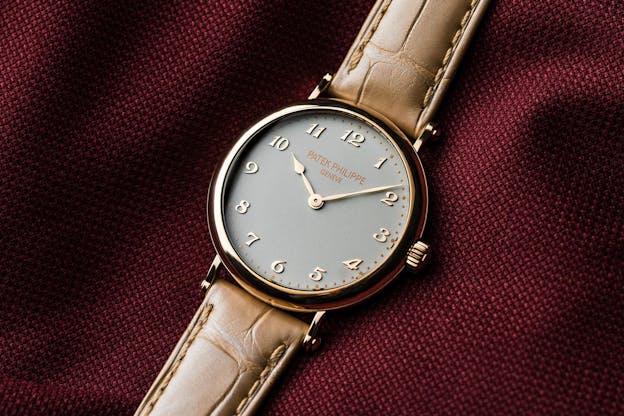
Arabics can exist and often do, on more formal or dressy watches. All other things being equal, however, they have a character which is I think in its own way as specific as that of Roman numerals – business casual, maybe. And for someone who didn’t grow up with the numbering system, Eastern Arabic numerals are a breath of fresh air – a welcome variation from the monotony of Arab and Roman numerals or the self-effacing pragmatism of indexes and lume plots. A place for everything, and everything in its place.

